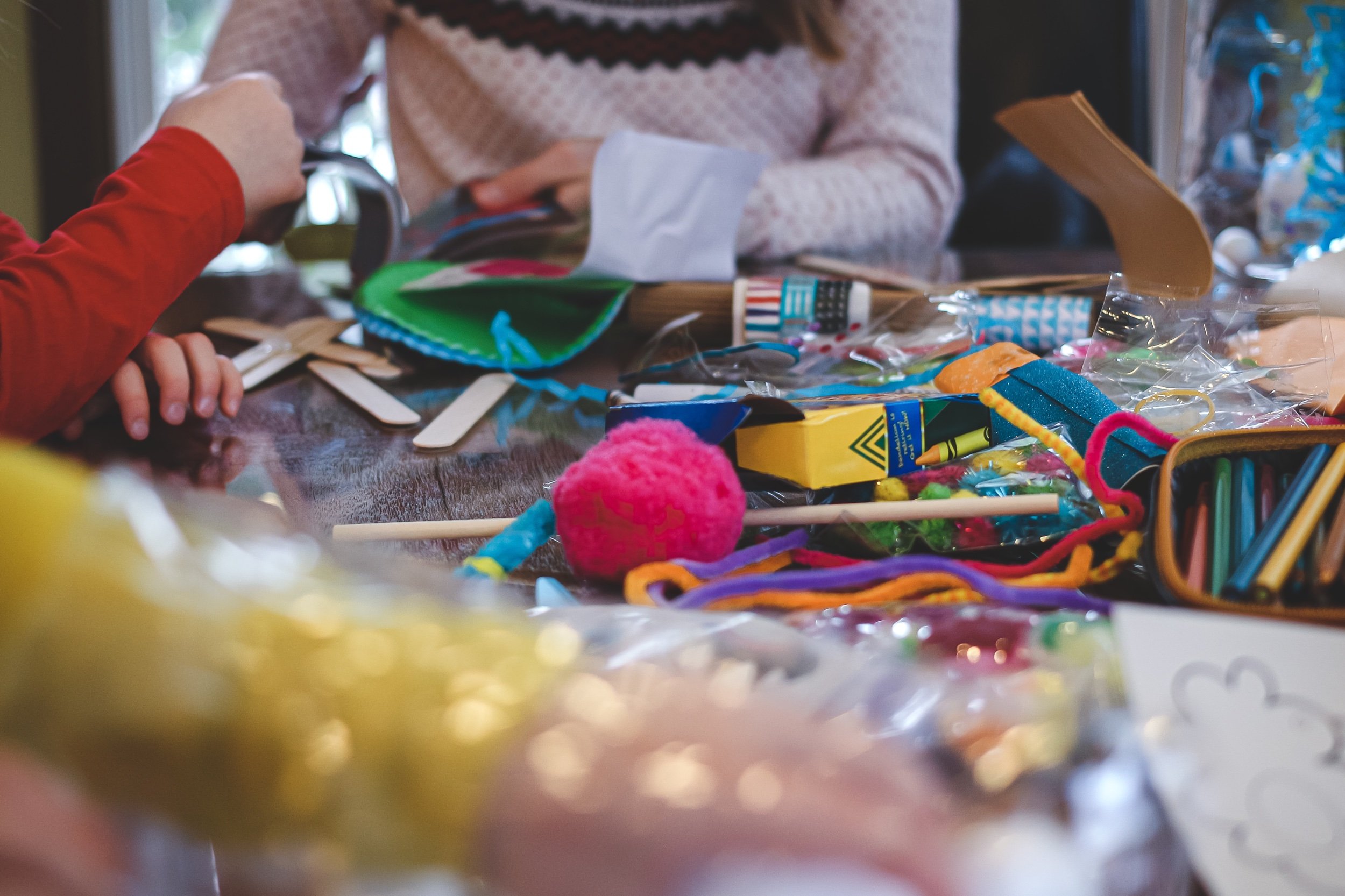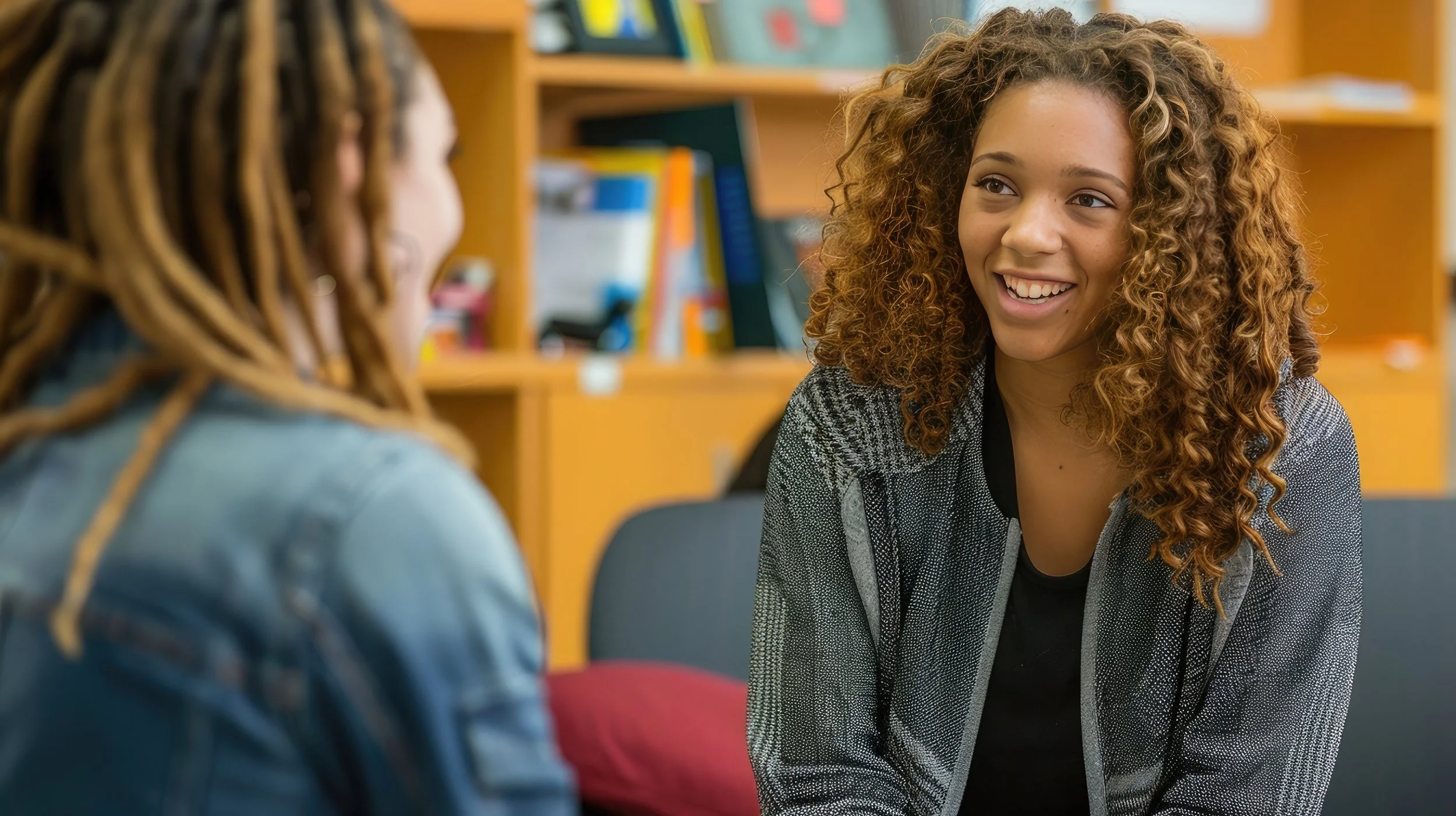Build-It Challenge can be used regularly with students to promote teamwork and communication.
Read MoreNewsball is a game that can be used regularly with students to build a foundation for the practice and habit of empathy and active listening, while building classroom community.
Read MoreThe more students practice active listening, without being in a two-way conversation, the more they’ll come to value showing interest when someone is speaking, trying to understand their thoughts and feelings, and making them feel heard. The personal nature of the listening prompts also sets the stage for student sharing, which can build trust and connection in the classroom.
With this light-lift strategy, students will practice being active, authentic listeners with a partner — listening to make the speaker feel heard and without the need to reciprocate the conversation, but rather, to better understand and communicate with the speaker. By speaking for up to a few minutes, speakers will also get more comfortable sharing about themselves and expressing vulnerability.
Read MoreWith this light-lift strategy, students explore the concept of gratitude through self-reflection and writing thank you notes to people in their lives to recognize things they appreciate about people in their classroom, school, and beyond. Students also engage in activities that encourage them to consider both real and hypothetical situations around the positive things in their lives.
Read MoreChildren and adults alike are predisposed to empathize for those who are in their own social group. Empathy for many different kinds of people is important in its own right and is the basis for children’s developing conceptions of and commitments to fairness and justice. The Circle of Concern strategy is designed to help children — and adults — become more aware of those for whom they don’t have empathy. It is also designed to widen their circle of concern.
Read MoreCaring and compassion are vital, teachable skills with the power to promote tolerance and inclusiveness in our schools, communities, and neighborhoods. This fun, three-part series has been designed to inspire and empower children to be ambassadors for good beyond their immediate friends and family.
Read MoreTo help educators learn how to build empathy in their school communities, Making Caring Common reviewed existing research on empathy and the strategies of evidence-based programs that promote it. Our work shows that there’s more to developing empathy than simply asking students to “walk in someone else’s shoes.” In this resource, you’ll find steps you can take to build real empathy in your students and your community.
Read MoreHow can we inspire and teach young people to care about and take responsibility for others, to think clearly about and pursue justice, to stand up for important principles?
Research suggests that developing these key moral capacities is not achieved via one-shot class assignments or brief programs but through sustained commitment and reflection within the context of peer and adult relationships. Yet children rarely engage in either substantial ethical activities or reflection, guided by adults who stand for important moral values, or even dialogue about how to live those values day to day.
Shared experiences and rituals can tie together school and community as places that value care and commitment and play a vital part in fostering a moral identity in students. Over the course of a semester or an academic year, the Caring Community Youth Capstone supports young people’s ethical development and builds a positive school culture where young people are responsible for creating a caring community.
Read MoreThe School Climate Committee is a key mechanism for creating positive social norms, for reducing bullying, and for developing more respectful, caring children. It also gives students agency in creating positive social norms.
A growing body of research supports the key role of school culture and social norms in preventing a wide array of social and emotional problems and promoting the development of caring, responsible, and respectful children. As children enter adolescence, they are especially influenced by social norms — by what other teen’s consider important, by how other teens define who is and is not worthy of concern, and by how other teens gain power and respect.
Because students primarily take signals from other students about social norms and what is ethically acceptable, and because students have inside knowledge about social dynamics, it is mainly students—especially acting together—who can change norms. This School Climate Committee strategy is one way to channel student power and influence in their school community.
Read MoreWith this light-lift strategy, students will dive into narratives of self and others to offer more nuanced perspectives and feelings around people’s stories. The narratives will mirror the “Humans of New York” series, and students will study a few of them to get a sense of the expectations (e.g., interviewing other students or faculty members). Humans of Your School provides students with opportunities to connect with those different from them, to listen to different stories and try to understand their different perspectives, and to appreciate differences while also finding commonalities.
Read MoreA growing body of research supports the potential benefits of mindfulness, including stress reduction, emotion regulation, better relationship satisfaction, and improved memory and attention.
Applications of mindfulness, the practice of focusing our attention in a particular way, can be relatively easy to implement and are not time intensive. Given the benefits and feasibility, mindfulness has become increasingly popular across a variety of fields, including medicine, psychology, business, and more recently, in education.
Evaluations of school-based mindfulness practices have shown positive findings, including increased attention, self-control, class participation, and respect for others. Mindfulness practices can also serve as a powerful classroom management tools, reducing stress for teachers and students. Many mindfulness activities can be easily interwoven into routine classroom activities and lessons. They can also be extremely useful during transitions, for example, settling down after beginning a new class. Given the potential benefits and the ease of implementing mindfulness practices, these strategies are well-suited for schools.
While there are many methods of practicing mindfulness, we have provided the following short practices to serve as an introduction. We have also included a list of resources where you may find additional information about mindfulness as well as other mindfulness exercises.
Read MoreToo often the elderly are invisible to others, and perhaps especially to teenagers. As adults, we can teach students to show respect and to demonstrate compassion towards the elderly by giving students opportunities to better understand the impact of discrimination or apathy toward the elderly. We can also help students develop empathy and practice compassion and respect for the elderly in their day-to-day lives.
The following case study includes a short story from multiple viewpoints and a set of questions designed to facilitate discussion about respecting and caring for the elderly and the importance of maintaining commitments and volunteering for selfless reasons.
Read More










